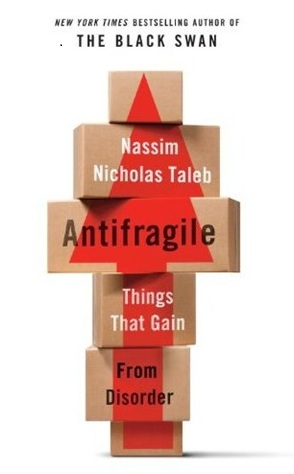It’s a Give and Ask Business World
I have written a few blogs from David Meerman Scott’s books and blogs because they relate so much to the social media world we are in today. Scott’s work is all about creating a worldwide rave around what you offer, by putting valuable content out on the web that will build credibility and create value for others. He also discusses using current events to leverage more interest and exposure around what you offer the world.
<a title=”Amanda Palmer: The Art of Asking” href=”
Amanda Palmer: The Art of Asking
So I will ask you, are you giving away content on the web that is valuable to others – especially your clients – that attracts them to you? That is the focus of a recent blog that Scott wrote that was based on a TED talk titled “Amanda Palmer: The Art of Asking.” In this very interesting TED talk, she discusses her experience of going from a bridal statue and giving out flowers for money, to an alternative rock singer giving her music away for free.
From the experience of learning to ask for money on the streets, she gains an awareness of a connection with people that, to her, was profound. This connection, she realized, overflowed to how she blogged and related to her crowd in that they just gave her money. She then peeled away from her label and did a crowd-funding approach. She hoped to raise $100k, and instead, she raised $1.2 million. She realized that people just want to help when you build a connection and just trust them.
So from a marketing approach, what David recommends is that you give your value content – like blogs videos, infograpahics and full-length ebooks. He says give your best stuff away for free, and build the relationship that comes with being vulnerable.
Next, do as Amanda does and ask them to help you. She says, “Give and receive fearlessly. Ask without shame.” Then, just like the video discusses, David asks if you need a speaker at your next conference.
What are you giving away and asking for help from those whom you provide value?







